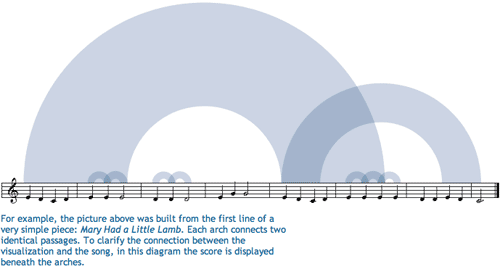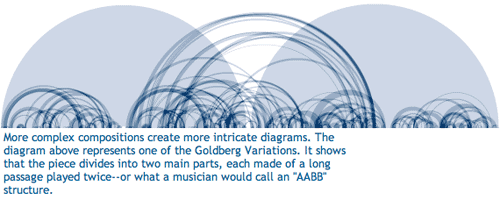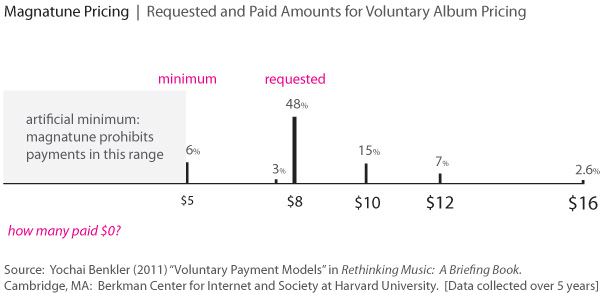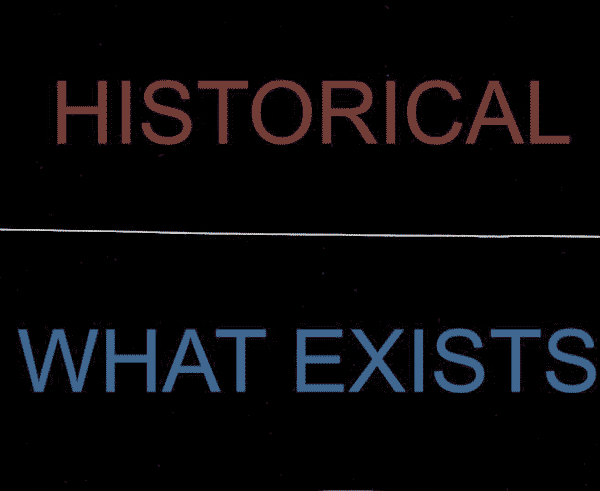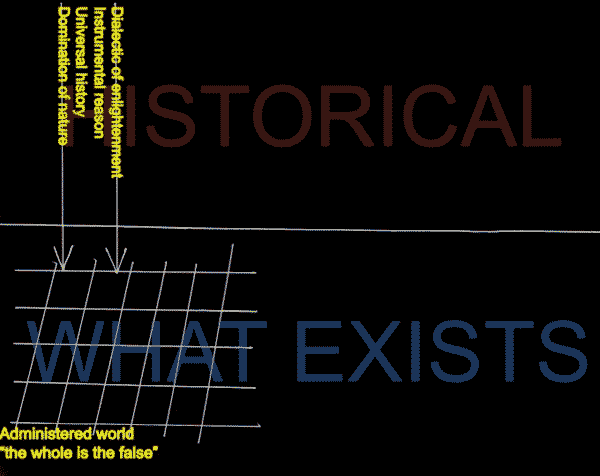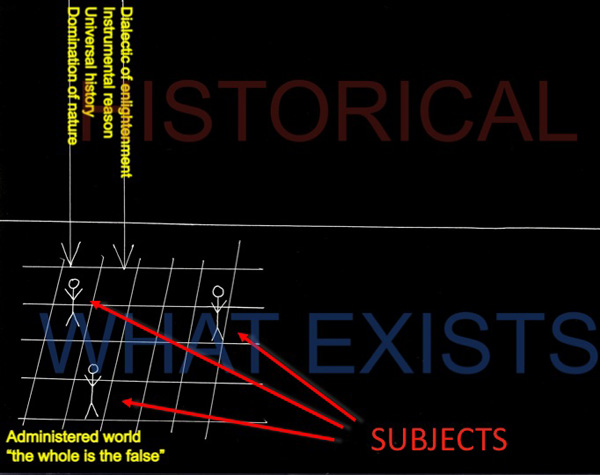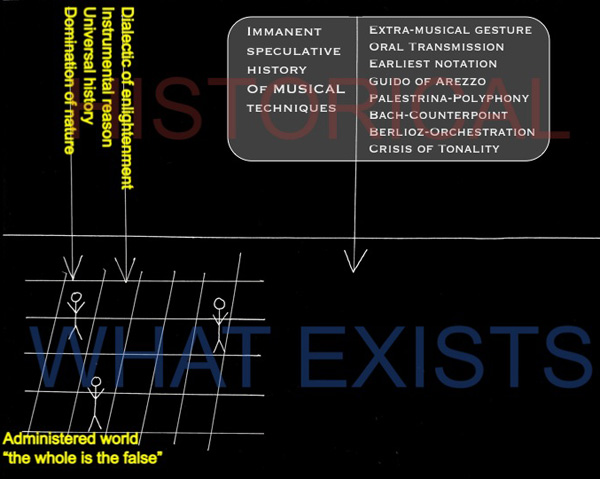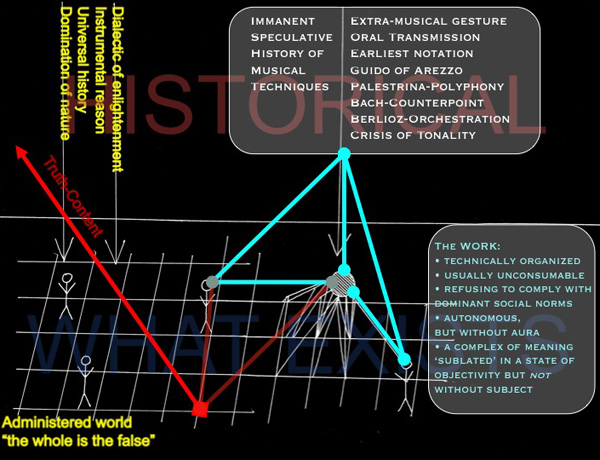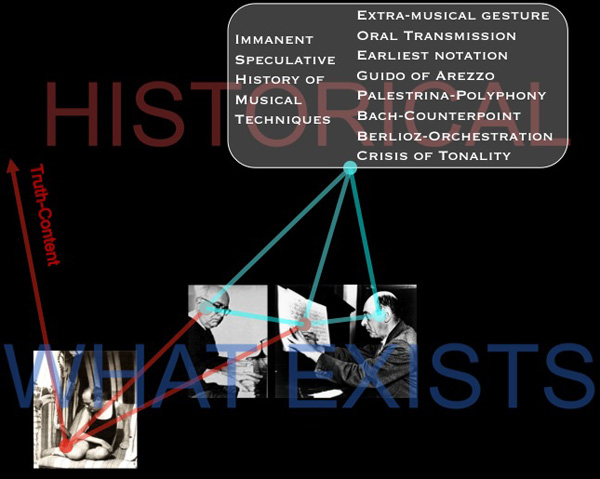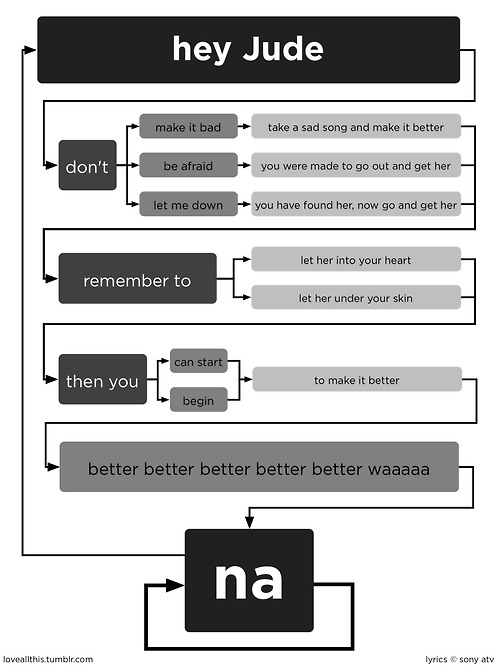ZKO Rollercoaster // GREAT EMOTIONS from virtual republic on Vimeo.
What works
This short video does a pretty good job of teaching someone how they might learn to experience the suspense and exhilaration of classical music. I won’t try to explain it. I just thought Graphic Sociology readers might like it.
It got me thinking about how our senses work separately and together. I don’t experience chamber music as a rollercoaster but I might have learned to think of the peaks and swells of the musical dynamics this way if I had seen a video like this at the outset of my classical music listening. In a way, it’s a little like seeing the characters in a book come to life on screen in a movie before you get a chance to imagine them into life in your head. Once you’ve seen the actors and all of their particularities onscreen, it’s hard to reimagine the character otherwise.
As a radical empiricist, I hesitate to speculate about things like imagination that cannot be measured. Thus, let me be clear that I am not suggesting this one minute Vimeo could forever alter a child’s experience of classical music. Rather, I’m curious about the impact of an initial vision of something in comparison to both the initial aural and the subsequent visualizations of an experience. Does an aural first impression have the same impact as a visual first impression? After hearing a voice for the first time, can you imagine someone’s voice otherwise? I certainly can imagine aural qualities otherwise – I hardly remember the specific qualities of voices after hearing them only once. And I don’t think second and third visual exposures are as meaningful as the first one. But I have no clever experimental research in my back pocket that I can pull out to support or refute my position.
Are there any newcomers to classical music out there? Did watching this video provide enough of a framework to classical music listening that you think you would be more willing to do it going forward? And have you tried thinking of classical music as, say, a series of ocean waves (which was how I used to think of it)? Or some other kind of visual metaphor? Are you stuck thinking of it as a rollercoaster or some other amusement park ride (maybe the songs you don’t like are imagined as merry-go-rounds, pumping away repetitively to the point of nausea)?
References
Virtual Republic. (January 28, 2012) Video Advertisement of Classical Music as a Rollercoaster. For Zurich Chamber Orchestra.


